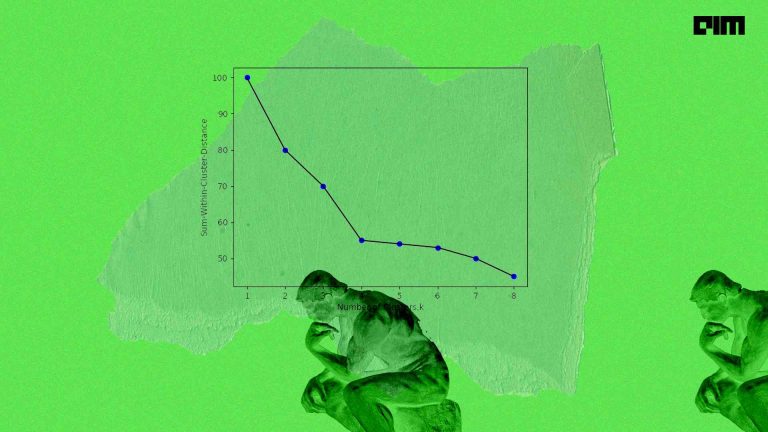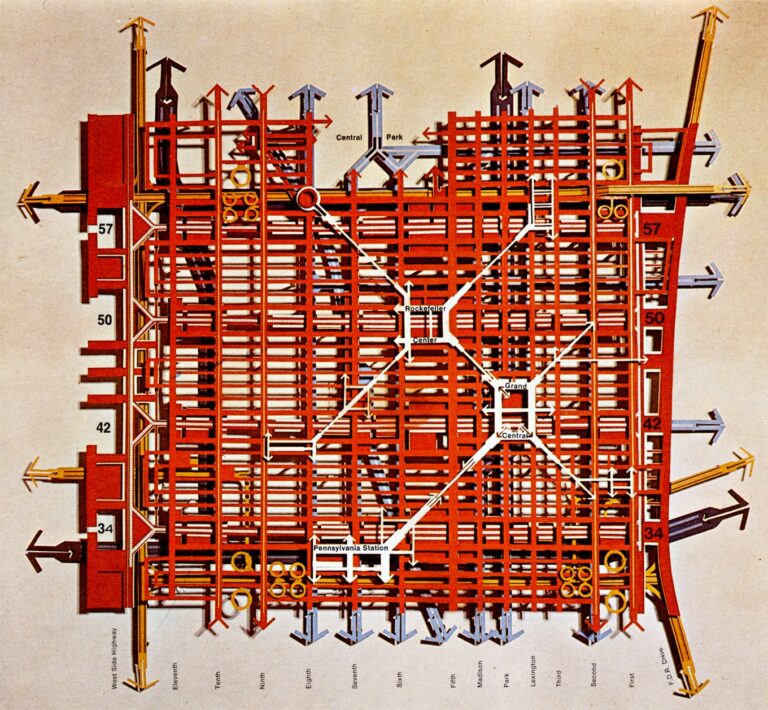UPGMA (Unweighted Pair Group Method with Arithmetic mean), introduced initially as average linkage analysis, is an agglomerative (bottom-up) hierarchical clustering approach. It is arguably one of the most widespread hierarchical clustering algorithms. This is because UPGMA is conceptually easy to understand and fast in practice, an important consideration when working with big datasets. It is generally used as a hierarchical clustering tool in bioinformatics and other data mining and pattern recognition areas. Furthermore, it is used in phylogenetics and taxonomy to build evolutionary trees and related fields, including ecology and metagenomics.
Algorithm & Approach
Hierarchical clustering is an approach to cluster analysis that aims to group similar data points by building a hierarchy of clusters. Hierarchical clustering algorithms fall under two categories: agglomerative( bottom-up) and divisive (top-down). Like AGNES, UPGMA follows the bottom-up approach; each point starts in a cluster of its own. In every iteration, the two nearest/ most similar clusters are combined to form a new higher-level cluster. This is repeated until there’s only the desired number of clusters, k, left.
What differentiates UPGMA from AGNES or its weighted counterpart WPGMA is how the similarity of clusters is calculated. In UPGMA, the distance between any two clusters A and B with cardinality |A| and |B| respectively is calculated as the mean distance between the points of each cluster, i.e., the average of all the distances d(x,y) between pairs of points x in A and y in B.
Implementing UPGMA in Python
- Import necessary library and classes
import math import matplotlib.pyplot as plt from sklearn.datasets import make_blobs
- Let’s first create the dataset we will be working with.
dataset = make_blobs(n_samples = 300, n_features = 2, centers = 3, cluster_std = 2, random_state = 42) plt.figure(figsize= (12, 8)) plt.scatter(dataset[0][:,0], dataset[0][:,1], c = dataset[1])
The dataset is a two-tuple containing the data points and their respective clusters, we only require the points.
points = dataset[0]
- Next is to write a function that calculates the average distance between pair of points in two clusters.
def average_distance(cluster1, cluster2): distance = 0.0 n1 = len(cluster1) n2 = len(cluster2) for i in range(n1): for j in range(n2): point1 = cluster1[i] point2 = cluster2[j] dimension = len(point1) d = sum((point1[k]-point2[k])**2 for k in range(dimension)) d = math.sqrt(d) distance += d distance = distance / (n1*n2) return distance
- Finally, using the
average_distancemethod, we can define the UPGMA clustering function.
Create a cluster for each data point.
def UPGMA(points, k): clusters = [] n = len(points) for i in range(len(points)): cluster = [points[i]] clusters.append(cluster)
Iteratively combine similar clusters until there are only k clusters left.
n_clusters = n while n_clusters > k: cluster1, cluster2 = [], [] index1, index2 = 0, 0
Iterate through all possible cluster combinations to find the cluster pair with the least distance.
best_distance = math.inf for i in range(n_clusters): for j in range(i+1, n_clusters): dis = average_distance(clusters[i], clusters[j]) if dis < best_distance: best_distance = dis cluster1 = clusters[i] cluster2 = clusters[j] index1 = i index2 = j
Merge the two clusters with the least distance.
if index1 > index2: clusters.pop(index1) clusters.pop(index2) else: clusters.pop(index2) clusters.pop(index1) new_cluster = cluster1 + cluster2 clusters.append(new_cluster) n_clusters = n_clusters - 1 return clusters
- That’s it, now we can use our UPGMA function to perform clustering.
clusters = UPGMA(points, 3)
colors = ['ro', 'bo', 'go']
plt.figure(figsize= (12, 8))
[plt.plot([x[0] for x in clusters[i]], [x[1] for x in clusters[i]], colors[i])
for i in range(len(clusters))]
plt.axis('off')
UPGMA clustering using SciPy
- Import the hierarchical clustering class from SciPy
import scipy.cluster.hierarchy as hier
- Use the
average()method, which implements UPGMA to calculate the linkage matrix.
matrix = hier.average(points)
- Pass this matrix to the
fcluster()method to createtclusters.
scipy_clusters = hier.fcluster(matrix, t = 3, criterion= 'maxclust' )
plt.figure(figsize= (12, 8))
plt.scatter(dataset[0][:,0], dataset[0][:,1], c = scipy_clusters)
plt.axis('off')
The above implementation can be found in a Colab notebook here.



















































































